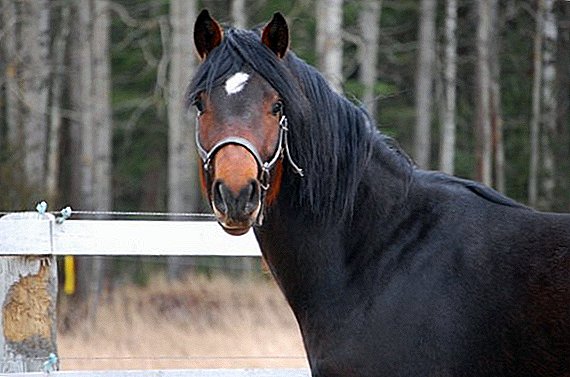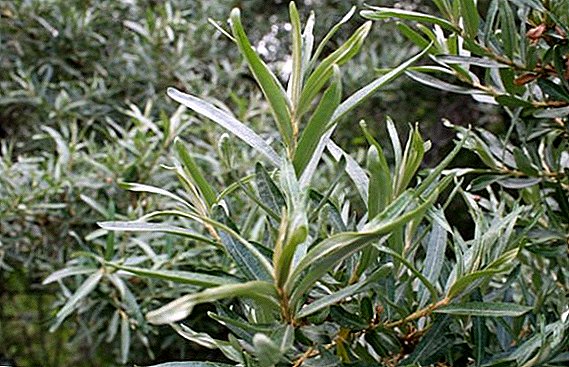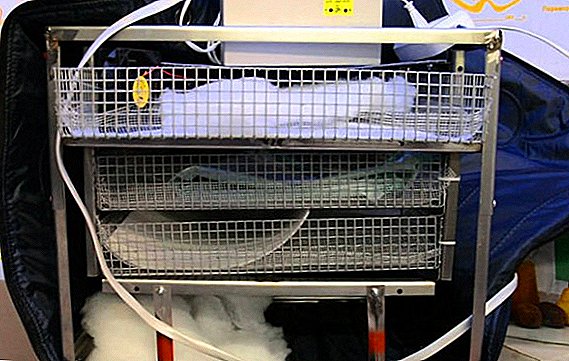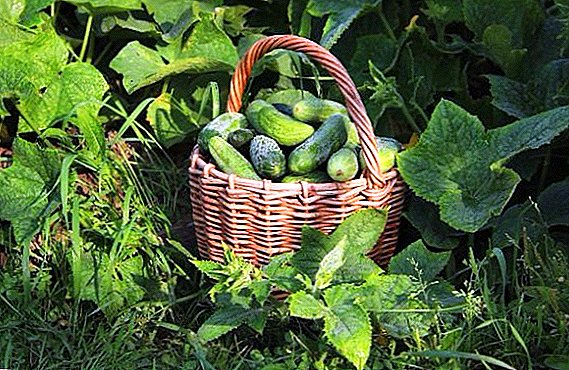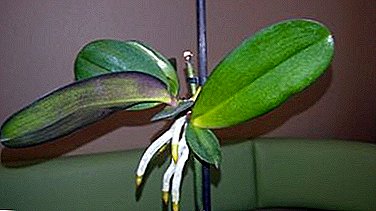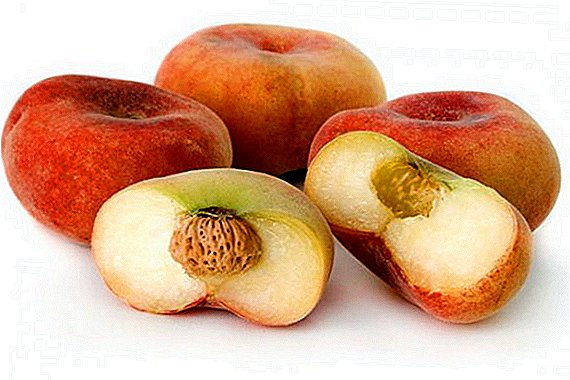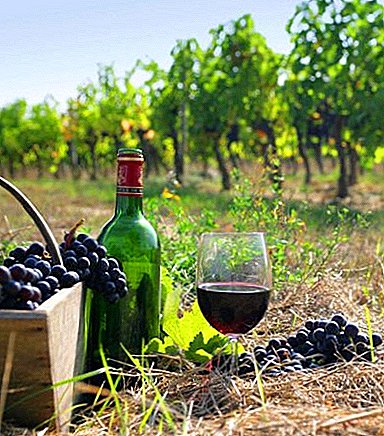
A great many varieties of wine made from Cabernet grapes.
Its recognized feature is to change the bouquet and taste of the wine depending on the area where it is grown., and from changing exposure conditions.
The quality of the wine is strongly influenced by the chemical composition of the soil and the weather conditions.
We will talk about this amazing grape variety in more detail today.
In this article you will find not only its description, but also a lot of other useful information.
The Cabernet Sauvignon variety has long been considered a classic in winemaking. His homeland is Bordeaux, France. It is from here that this magnificent grape spread all over the world: today it is grown, in addition to Western and Eastern Europe, in Australia and the USA, Argentina and Chile, Japan and South Africa.
Other famous wine varieties are Merlot, Syrah and Riesling.
Cabernet Variety Description
 Cabernet is a grape variety grown for the production of red wines. These varieties are called technical or wine-making. The best known varieties are Cabernet Sauvignon and Cabernet Franc.
Cabernet is a grape variety grown for the production of red wines. These varieties are called technical or wine-making. The best known varieties are Cabernet Sauvignon and Cabernet Franc.
The berries are black, dark blue or bright blue are collected in large clusters on long legs. The average length of the ripened bunch is from 12 to 15 cm, and the width is about 8 cm. The conical shape of the bunch is more widespread, a “wing” is often found - a branch in the upper part.
- The berries are round, with a dense skin, covered with a light wax coating.
- The leaves are beautifully shaped, five-lobed, with small triangular teeth on the edge.
- The juice is colorless, it may be slightly pinkish.
Dry summer leads to the fact that clusters become smaller, just like the berries themselves. The density of clusters decreases, often the skin becomes more dense.
Often there is advice to conduct additional pollination. So you can deal with pea grapes, in any case, additional pollination leads to an increase in the size, mass and density of brushes.
Additional pollination has a positive effect on the growth of such varieties as Ruta, Ladanny and King Ruby.
Breeding history
At a time when Roman legionnaires conquered the territory of present-day France, grapes were cultivated here - the ancestor of the current Cabernet variety.
According to genetic analysis, Cabernet Sauvignon - a descendant of the natural crossing of black grapes Cabernet Franc with a variety of white grapes Sauvignon Blanc. The emergence of a new variety of researchers attributed to the XVII century.
A photo



Characteristics of grapes
 It matures relatively late, not in any climate and does not reach full maturity in all weather conditions.
It matures relatively late, not in any climate and does not reach full maturity in all weather conditions.
The yield is 60-70 centners per hectareHowever, it strongly depends on the region of growth.
Rkatsiteli, Podarok Magaracha and Dombkovskaya’s memory demonstrate excellent yields.
In autumn, the grapes are long preserved on the bushes and almost do not deteriorate due to the rains.
Diseases and pests
The disadvantages of varieties often include a tendency to pea. This means that a certain amount of green small berries without seeds, resembling peas in appearance and very sour in taste, are formed on the bunch. The same sign is demonstrated by Cabernet, Nadezhda Azos and Muscat Hamburg.
Another problem is shedding ovaries, usually from strong winds or other adverse weather.
You can fight with pea using several methods. They all improve the pollination of grapes, but in different ways:
- pollination (or pollination) manually;
- use of top dressing with microelements: boron, magnesium, zinc;
- treatment of grapes with natural growth stimulant: gibberellin.
It is important that the soil is well loosened (aerated). During intense heat, it is useful to spray the grapes, increasing the humidity of the air. It is also necessary for good pollination.
Cabernet Sauvignon and its close relatives have natural resistance against phylloxera. Of the pests represent a serious danger mites: web and grape.
Grape mite, it is difficult to see, however, the reddish swellings left on the leaves are clearly visible. To combat it, use sulfur. They are added to Bordeaux mixture and the leaves are especially carefully treated from the bottom.
 Spider mite slightly larger in size and much more dangerous. He also "lives" on the underside of the leaves, gradually entangling them with cobwebs. To combat it, the bushes are treated with a soapy 4% solution; this is done when the buds open. Further, during the summer, the grapes are pollinated with sulfur (1%), totaling 4-6 times.
Spider mite slightly larger in size and much more dangerous. He also "lives" on the underside of the leaves, gradually entangling them with cobwebs. To combat it, the bushes are treated with a soapy 4% solution; this is done when the buds open. Further, during the summer, the grapes are pollinated with sulfur (1%), totaling 4-6 times.
Butterfly Crispworm and its caterpillars are common, but not so dangerous pests for this variety. Caterpillars feed on flowers and young ovaries, and as the berries ripen, they damage green and more mature berries.
The presence of caterpillars of the creeper leaflet can be seen on the web, with which they twist the berries. In wet weather, due to the moisture accumulated in the web, the berries begin to rot.
To combat this pest apply spraying of vineyards with insecticides. Often they are mixed with fungicides, thus conducting processing against fungi and mold.
Of insecticides most often used tokutionAvailable as an emulsion or powder.
During the growing season, grapes are treated four times with a concentrated 50% emulsion with a ratio of 0.8 to 2.4 liters per hectare.
Other effective insecticides (the number of treatments is indicated in parentheses): cymbush (3), sumicidin (2), ekamet (5), cydial (2), fosalon (2) and others. The last two drugs are also effective in the fight against mites. Unfortunately, almost all of these drugs are toxic for bees, and for many other insects.
During the work with all insecticides it is necessary to study the instruction and to observe it. Spraying the vineyard should be stopped a month before harvest.
Do not forget about the possibility of the emergence of common diseases of grapes. Oidium and mildew, anthracnose and bacteriosis require close attention and preventive measures. Do not neglect them and against bacterial cancer, chlorosis and rubella. In time spent, they will save your plants and harvest.
Varieties
Cortis
 Cabernet Cortis is a grape variety that was bred in Germany in the early 1980s by crossing Cabernet Sauvignon and Merzling varieties (whose parents, in turn, are Saperavi North and Muscat Ottonel). It belongs to the group of Western European varieties, distributed mainly in Germany and Switzerland. The author of the variety is Norbert Beckert (Freiburg).
Cabernet Cortis is a grape variety that was bred in Germany in the early 1980s by crossing Cabernet Sauvignon and Merzling varieties (whose parents, in turn, are Saperavi North and Muscat Ottonel). It belongs to the group of Western European varieties, distributed mainly in Germany and Switzerland. The author of the variety is Norbert Beckert (Freiburg).
This variety has an early ripening period (138-141 days) and high yield: from 80 to 120 hl per hectare.
The grapes of Cabernet Cortis are resistant to diseases - mildew and oidium.
The wine turns out to be saturated dark red color, in a bouquet notes of black currant, tobacco, dry grass, green pepper are noticeable.
Sauvignon (fr. Cabernet Sauvignon)
Cabernet Sauvignon grapes are varieties of medium late (according to other classifications: late) ripening. From the moment the Cabernet Sauvignon buds bloom to harvest, 143 days (for the further production of table wines) or more, up to 165 days, for dessert wines, pass.
Harvest time depends on location and weather conditions.Most often it is the period from the second half of September to the second decade of October.
This variety is not always possible to eat fresh, like table grapes: it has too strong, coarse skin and a rather tart taste. The juice from this grape variety is also tart, not everyone likes its characteristic flavor. But As a raw material for the manufacture of red wines - table, dessert and strong - the Cabernet Sauvignon grape variety is just great.
Fran (fr. Cabernet franc)
This sort of black grape is one of the “parents” of the more famous Cabernet Sauvignon.
Compared with the “descendant”, the Cabernet Franc grape variety has lower yields, but it reaches much full ripeness much earlier. For many regions that do not differ in stable or favorable weather, such early ripening is the main advantage of this variety.
The wine from Cabernet Franc has a very nice delicate bouquet with spicy notes. Depending on the region of winemaking, the aroma may resemble the smell of raspberries or violets.
Winemakers often use a mix of varieties Cabernet Franc and Cabernet Sauvignonwhile ready-made wines acquire fruit or berry notes.
This common grape variety has many synonymous names, even in France, depending on the area. It can be called “bouchet”, “breton” (breton) or “cabernet gris” (cabernet gris), and this is only a small part of the regional names.
Cabernet Franc grapes are very widely distributed in France and in Northern Italy.
The grapes of the variety “Cabernet” (more precisely, “Cabernet Sauvignon”) are one of the most famous grape varieties in winemaking. Surprisingly many different, but equally magnificent red wines are made from grapes of this variety.


